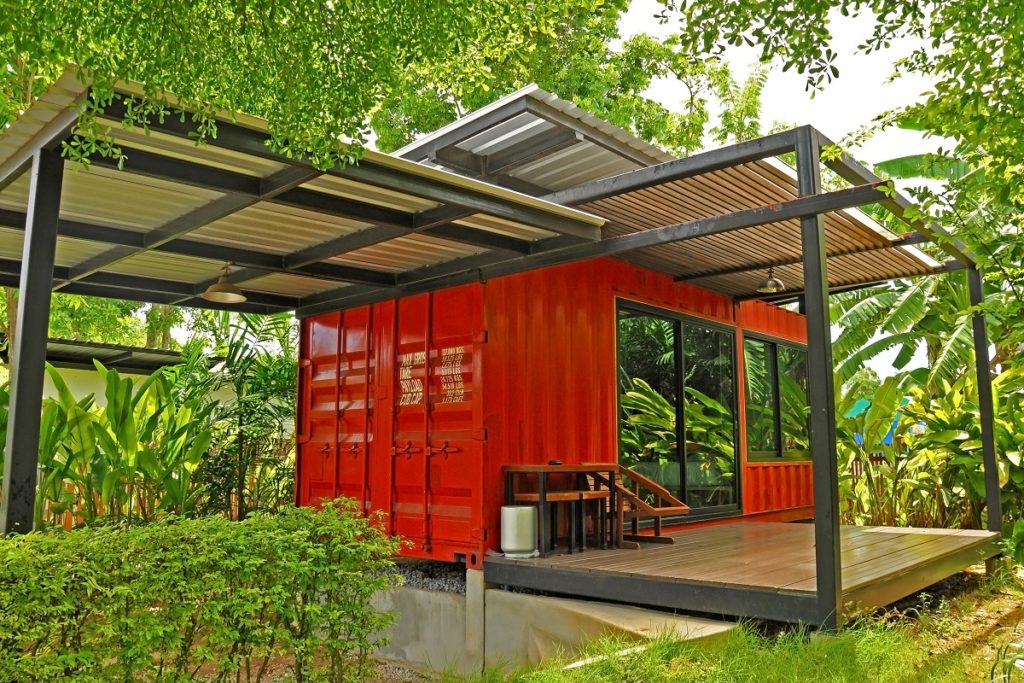Citizens all over the world are facing the same problem: the lack of affordable housing. The World Resources Institute (WRI) has reported that at least 1.2 billion people do not have access to safe and secure housing. This is largely influenced by the clear economic divide in the majority of the countries worldwide. The WRI warns that if conditions continue as they are, approximately 1.6 billion people will have to go without affordable and adequate housing by 2025.
Exploring Solutions to the Affordable Housing Shortage
Political leaders and governmental bodies have intervened by way of market and policy incentives in the housing markets. However, the continued disparity in productivity growth and the current state of housing shortages have made these changes seem futile. Fortunately, political efforts were not the only avenues being explored. A possible solution has emerged from the industrial sector.
In Europe, the road freight transport industry is no longer the sole purchaser of these large metal structures. Architectural firms are using shipping containers for an unconventional purpose: revolutionising the homebuilding process.
The Practicality of Shipping Container Architecture
Shipping container architecture has recently become a common sight in metropolitan areas. From shopping malls to office structures, these affordable and practical metal boxes have become the ubiquitous building material.
- In Europe, the cost per square metre of this structure is approximately €360 to €1,800 (around £320 to £1,600) — significantly cheaper than the materials used in traditional construction.
- This type of architecture has the benefit of a prefabricated exterior. As such, architecture firms can quickly convert them into safe and comfortable homes ready for occupation.
- Their mobility also gives these unconventional homes the ability to be transported anywhere for easy installation.
These features actively solve the problem of housing shortages and inability to meet construction demands on time.
Urbanisation’s Influence on Real Estate

As more people choose to move to the city for work or schooling — the UN has projected that at least 68 per cent of the world’s population will reside in urban areas by 2050 — a cultural shift has transpired among young professionals and, consequently, the real estate market.
These days, more urbanites are choosing mixed-use communities over traditional housing because it is more practical and affordable. These architectural developments provide urbanites with the comforts and security of a home without its price tag.
The Future of Affordable Housing
As urbanisation and hyper-globalisation continue to dictate the social, political, and economic spheres, the factors that surround the global housing crisis will only grow. There is no sure-fire way to fix this problem, especially with the current climate. However, there are several ways it can be counterbalanced.
The availability, durability, and cost-efficiency of shipping container architecture are too obvious to be ignored. Moreover, it has been proved that these structures are more than adequate for long term residential use. There is no real reason for these to be dismissed in the discussion on affordable housing. While shipping container architecture is not the universal solution, it is a good way to start addressing the situation.

